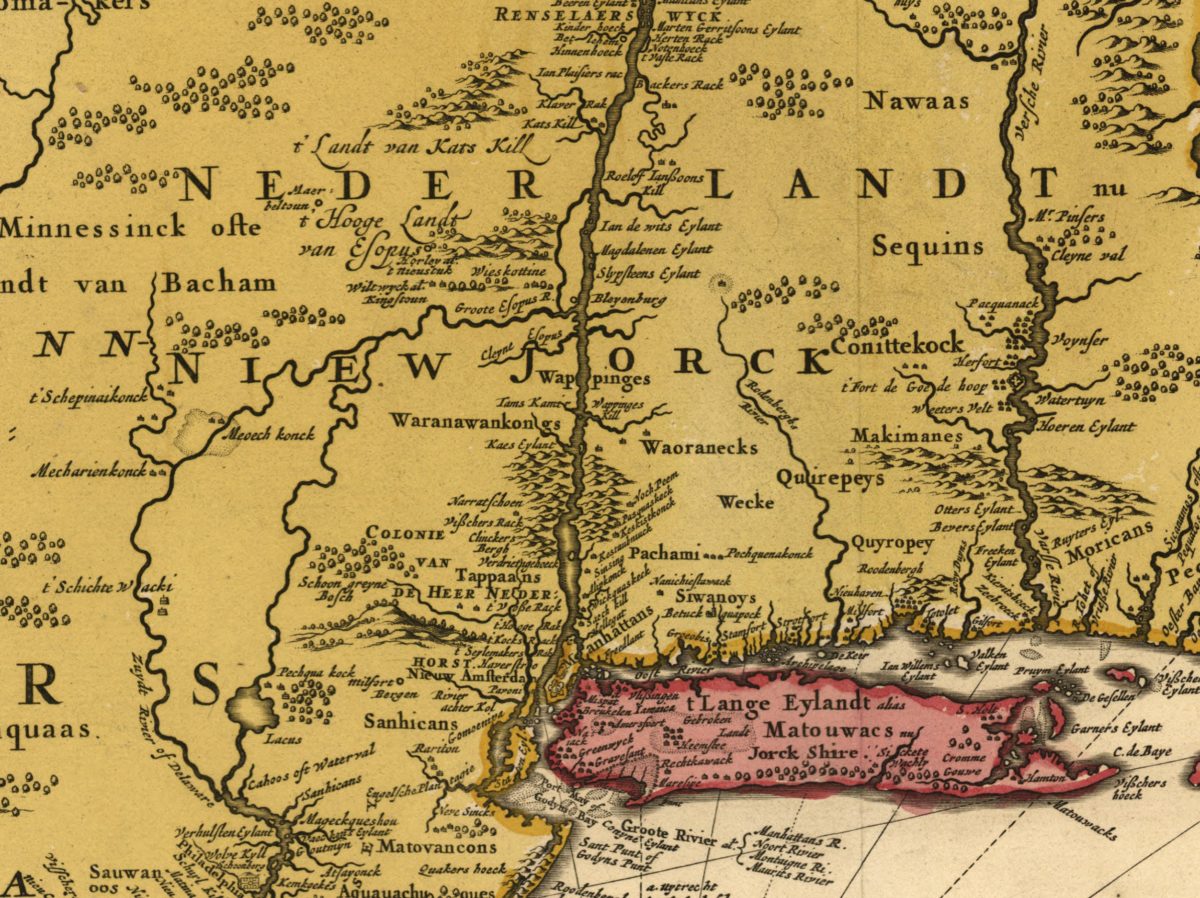Colonization and the Power of Language
At the time of European contact in the 16th and 17th centuries, the Wappingers and Canarsee inhabited Manhattan Island in semi-permanent settlements. They were Eastern Algonquian-speaking subgroups of the Algonquian peoples. The Lenni Lenape once occupied most of the northeast coast and Westchester, Putnam, and Dutchess Counties as well as the land between the Delaware and Hudson Rivers—this is known as Lenapehoking, meaning Land of the Lenape. As the myth goes, the Dutch “purchased” Manahatta island from the Canarsee Lenape in 1626. The Canarsee likely viewed the “sale” of Manhattan as a deal to share the land, but not to sell it. The transaction, enforced by the eventual building of a wall around what the Dutch had renamed as New Amsterdam, marked the very beginning of a forced mass migration of the Lenni Lenape from their homeland. The wall, which started showing up on maps in the 1660s, was built to keep the Native Americans and the British out. It eventually was renamed Wall Street, and Manahatta was renamed Manhattan (Smithsonian). Lenni Lenape placenames including Gowanus, Hackensack, Manhattan, Passaic, Rockaway, and Weehawken make up the toponymy of metropolitan New York.
The Lenni Lenape of the Esopus (including Catskill, Mamekoting, Waranawonkong, and Wawarsink) lived within the watershed and began encountering Dutch settlers in the early 1600’s. Later, waves of immigrants settled in the area. The new arrivals slowly pushed Native Americans from these ancestral lands. Historians have traced the beginning of water privatization to around the same time as in Malvern, England. There, spring water was first bottled on a commercial scale at The Holy Well. During the second Anglo-Dutch War, New Amsterdam was renamed New York to honor the Duke of York. The Duke of York later became King James II of England and James VII of Scotland. In 1667, the first public well was dug in front of Bowling Green, New York.
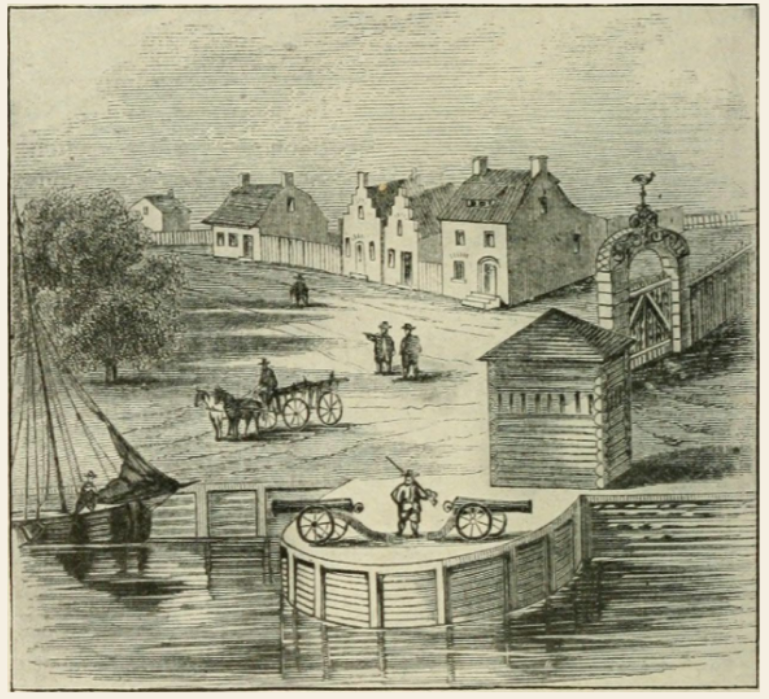
“We could never sell the land, anymore than the winds, the clouds, and the great waters. Our misunderstanding of European ways led us eventually away from all that the creator had made for our existence.”
—Curtis Zunigha, Co-Director and Co-Founder of the Lenape Center at the Healing Turtle Island event, 2009.
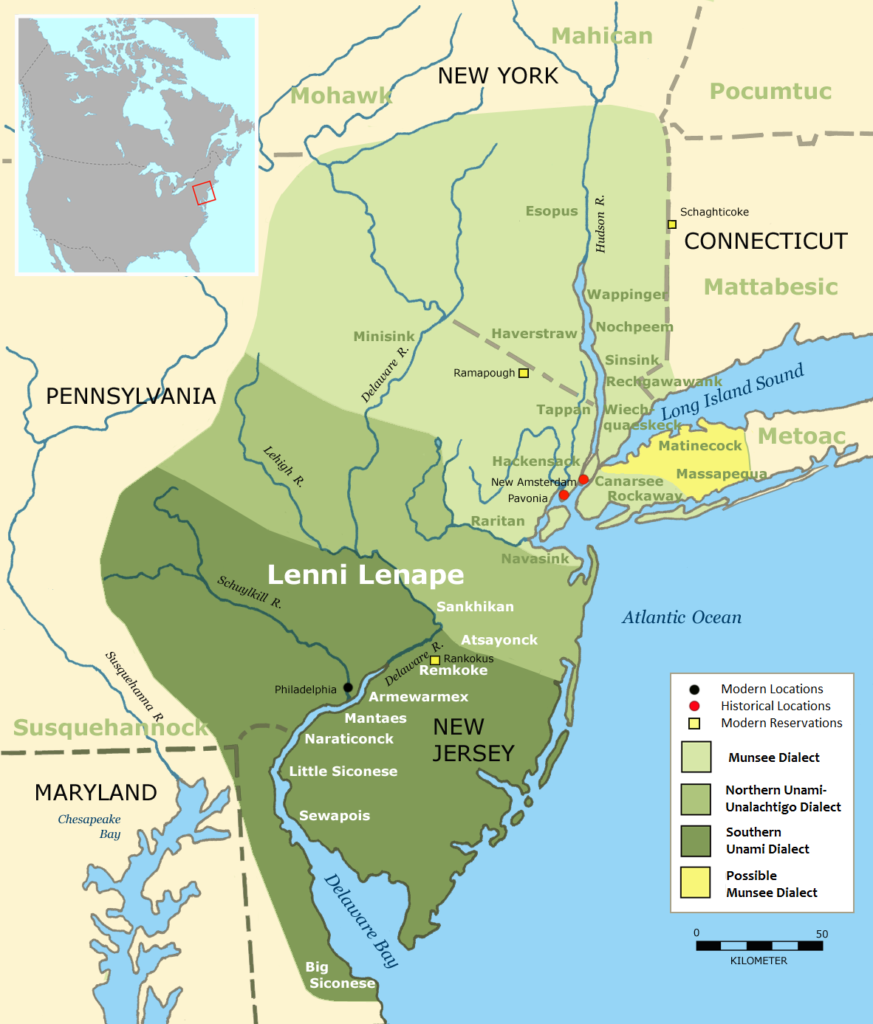
Lenapehoking is the Lenape name for Lenape land, which spans from Western Connecticut to Eastern Pennsylvania, and the Hudson Valley to Delaware, with Manhattan at its center. Due to centuries of colonialism perpetuated by genocide, forced displacement, and systemic oppression, today the Lenape Diaspora is dispersed throughout the U.S. and Canada. The Lenape diaspora includes five federally recognized nations in Oklahoma, Wisconsin, and Ontario.
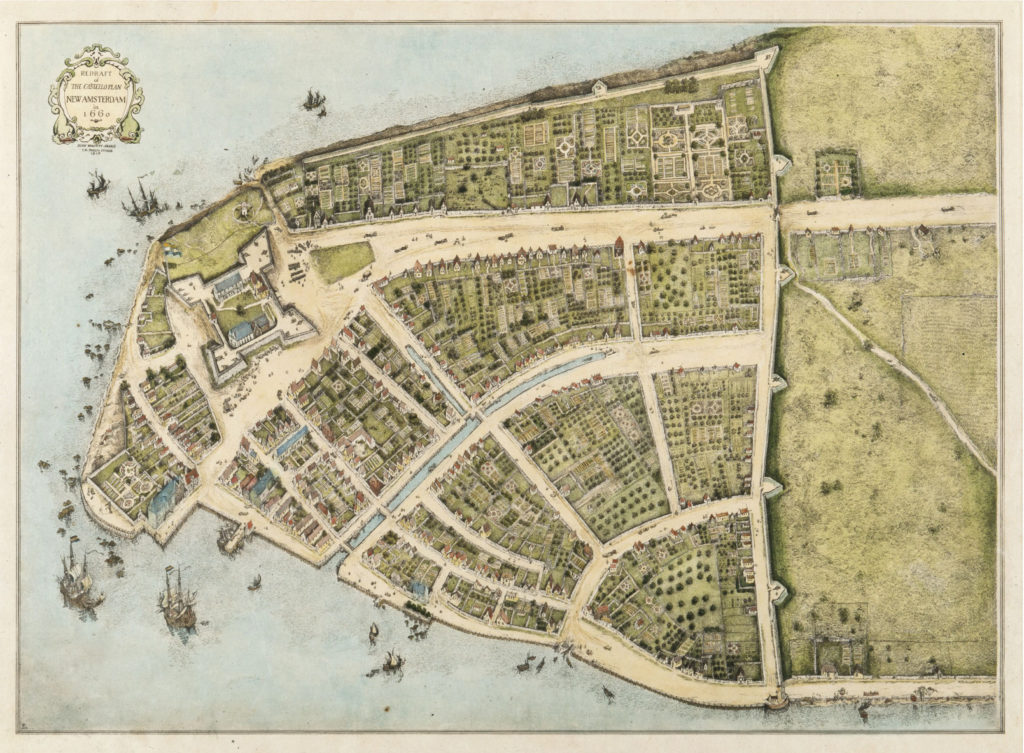
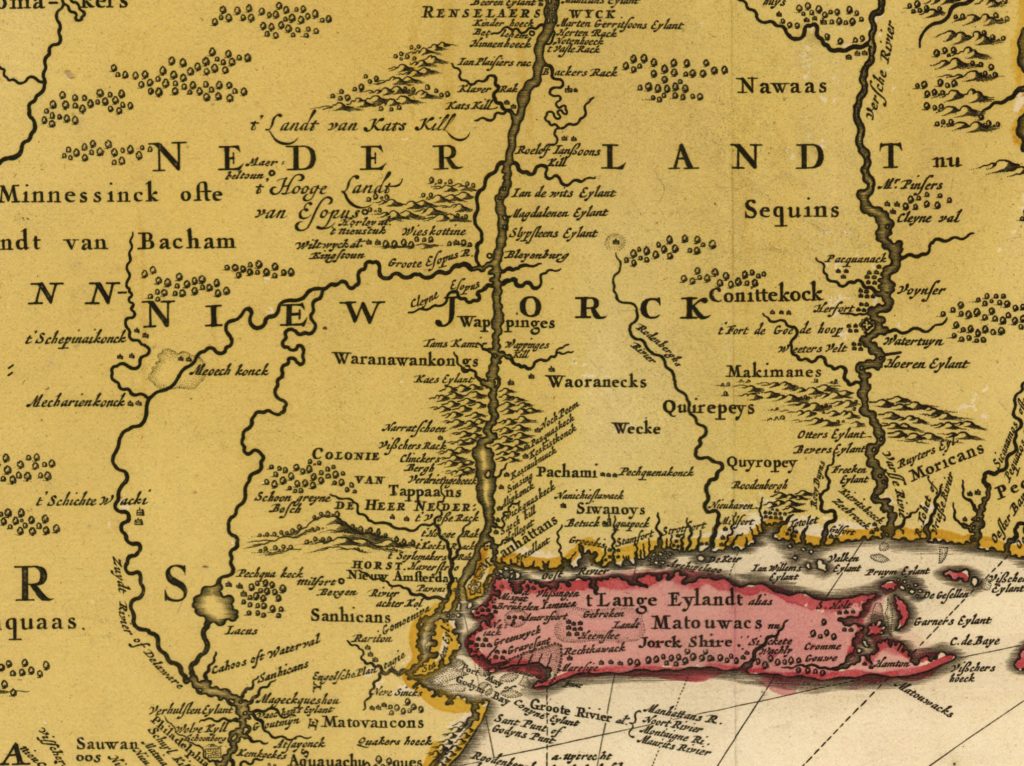
Lenape / Delaware
The Lenape is also called the Leni Lenape, Lenni Lenape, and Delaware people. “Lenni-Lenape,” means “Men of Men,” but is translated to mean “Original People.”
According to a Lenape story, Enta Pat Wa Weòpsit (When the White People Arrived), the Europeans who first encountered the tribe in the Delaware river region thought the Lenape word “ntëluwèn” (“that is what I said”) sounded like the word “Delaware.” They started calling the Lenape people “Delaware” and it is now the federally recognized name for the Lenape. The name Delaware comes from Thomas West, 3rd Baron De La Warr (1577–1618) who was the ruling governor of the Colony of Virginia at the time Europeans first explored the Delaware river.
—Story from the Lenape Talking Dictionary: Enta Pat Wa Weòpsit (When the White People Arrived), told by Willie Longbone (1867 – 1946) in 1939.
Further Reading
The True Native New Yorkers Can Never Truly Reclaim Their Homeland, Colleen Connolly, Smithsonian Magazine, 2018.
The Weckquaesgeek, Doris Darlington Cohen via the Ardsley Historical Society
The Nanticoke Lenni-Lenape, Our Tribal History
How the Dutch Bought Manhattan: Putting Myths to Bed and Musing on Theories, Janos Marton, 2015.
Purchase of Manhattan Opera, 2014
An opera sharing the Lenape perspective of the historically misrepresented purchase of Manhattan. Composed by Lenape Center Co-Director Brent Michael Davids and performed at the Marble Collegiate Church.
